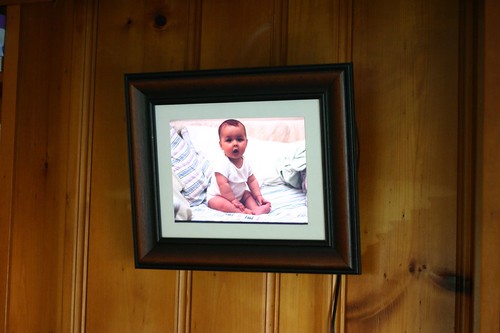A recent article by Caitlin McDevitt in the Washington Post, describing Facebook’s expanding role as a hub for digital photography, while providing some surprising facts, raises one particularly interesting issue. As more people post and share images online, it turns out that the numbers of images being printed out onto paper is shrinking. According to a research study by IDC (International Data Corporation), a market research firm, an estimated 42 billion photos will be printed out, commercially or in people’s homes, in 2013. That might sounds like a lot of pictures, but it’s about a third less that were printed out in 2008 (a year in which, according to industry analyst Steve Hoffenberg in the piece he wrote for click! photography changes everything half a trillion photographs were taken.
These numbers remind us that the way we like to look at and use photographs is changing radically. The glossy borderless prints people wedged into their wallets, put up on their refrigerator doors, filed away shoeboxes, or displayed in frames are fast becoming relics. As the number of digital images we make soar, the amount of time we’re interested in spending with any single one of them is likely to decrease.
According to the Photo Marketing Association, almost 40 percent of households with digital cameras no longer print out their pictures. If you’re in the photo-processing business, that’s bad news. But what does this mean to the rest of us? Is it becoming part of our human and digital nature to want to see as many different images as quickly as we can?
The Post article points out that 65% of people online use Facebook to share images—that’s 400 million users uploading 3 billion photos every month. To handle and store all those images, Facebook decreases their resolution to a point where, that if you wanted to make a 5x7 inch print of one of them—let’s say you lost your camera and never backed up your photos—you’d only get a blurry version of it. My question is, is that a problem? Do we look at and respond to images online or onscreen differently than we do to images printed out on paper?
Produced by the Smithsonian Institution Archives. For copyright questions, please see the Terms of Use.



Leave a Comment